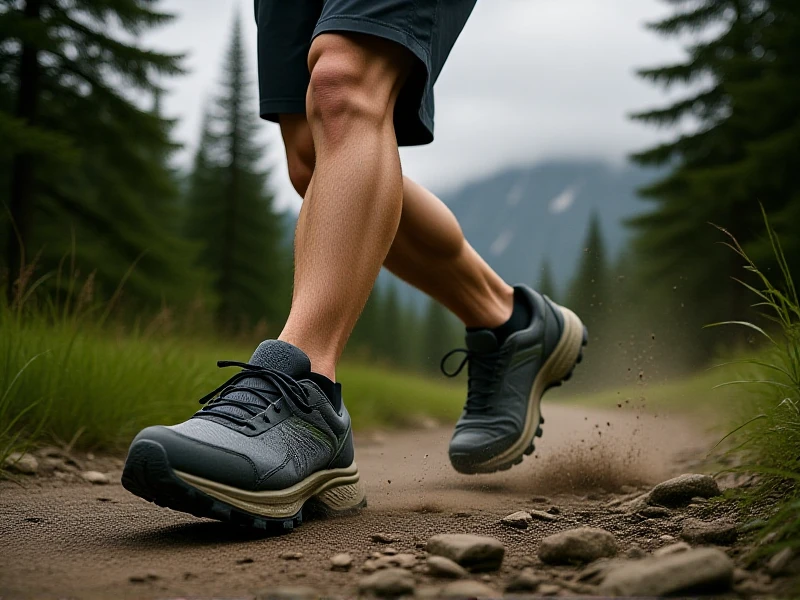Your Complete Guide to Exciting Cross-Country Running Adventures

Cross-country running offers a thrilling escape into nature, combining physical challenge with scenic beauty. Unlike road-based alternatives, this sport involves racing across unpaved terrains like trails, wooded areas, and open fields, providing a dynamic and invigorating experience. For newcomers or seasoned enthusiasts, it builds endurance while fostering a deeper connection to the outdoors—a perfect way to tackle fitness goals in an engaging setting. As a growing activity globally, cross-country running attracts participants through schools, community clubs, or solo adventures, encouraging a fun path to healthy living.
Starting with the basics, cross-country running centers on racing over natural landscapes, often in organized events like school leagues or local tournaments. Courses vary from hilly parks to forested paths, testing athletes' adaptability and stamina. This variety not only boosts physical health—enhancing cardiovascular fitness, muscle strength in legs and core, and overall endurance—but also minimizes joint strain compared to hard-surface runs. By tackling uphill climbs and uneven trails, runners develop resilience against common injuries. Plus, the immersive outdoor environment reduces stress, promoting mental well-being and focus, which outweighs the demands of gym routines.
For effective training in cross-country running, begin gradually with short, manageable runs. Aim for 2-3 sessions weekly, starting on flatter terrains before advancing to steeper inclines. Build endurance steadily; try jogging-walk intervals to build up to 5K distances. Integrate strength training twice a week—squats, lunges, and balancing exercises—to stabilize muscles on unstable paths. Always warm up with dynamic stretches and cool down post-run to prevent strains. As confidence grows, join local running groups to share tips and stay motivated. This approach ensures a safe, rewarding progression that transforms beginners into confident competitors.
Essential gear elevates the cross-country running experience, prioritizing safety and comfort. Focus on specialized shoes: trail runners with aggressive treads provide grip on muddy or rocky surfaces. Look for durable uppers and cushioning to absorb shocks. Pair these with moisture-wicking clothing—lightweight tops and breathable pants—to keep sweat at bay in all weather. Accessories like hydration belts or minimalist packs carry water for longer runs, while a hat or sunglasses shield from elements. Many sporting brands offer packs designed for outdoor quests, balancing affordability with reliability. Remember, investing in quality gear reduces injuries and maximizes enjoyment.
Ultimately, cross-country running is an accessible sport that delivers profound rewards—athletic freedom, community ties, and a revitalizing escape from daily routines. From weekly training to event participation, it cultivates discipline and connections worldwide. Why not lace up your shoes and embark on this journey? Explore nearby trails, track progress, and discover how it enriches life—it’s a gateway to fitness and unforgettable adventures.